Breast Screening & Diagnosis
Breast cancer self-exams
Set a date once a month and make it a habit
After your first self-exam, test daily to identify breast features
If breast changes before menstruation and around ovulation make diagnosis difficult, get a mammogram
Step 01. visual observation in the mirror
(compare changes in the shape or contour of your breasts to your usual breasts)
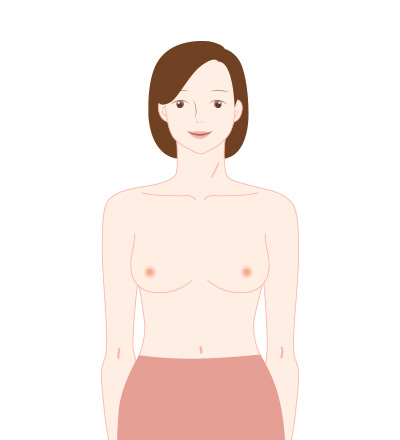
observe both breasts with both arms relaxed.
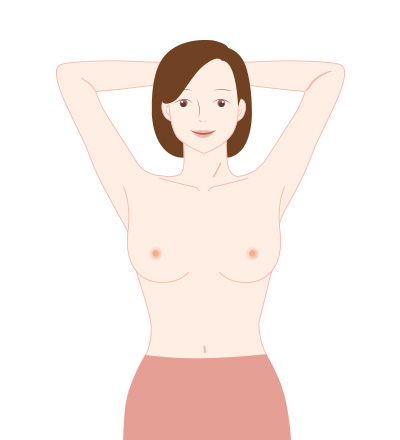
Place your hands behind the back of your head in a clasp and push your breasts out in front of you, squeezing your arms.
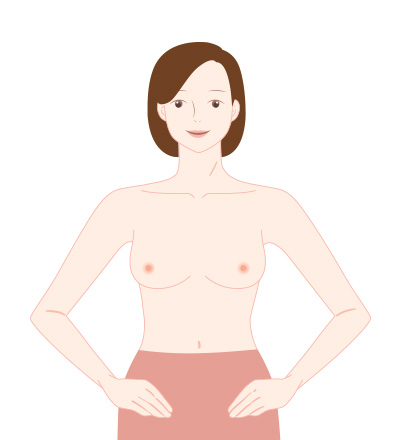
Place your hands on your waist and lean forward with your shoulders and elbows forward, squeezing your chest.
Step 02. Hand palpation
(standing or sitting, gently using lotion, etc.)
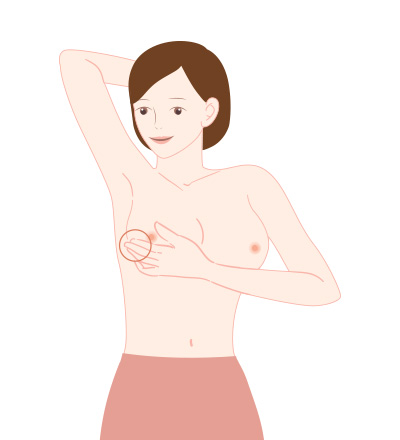
raise the arm over the head on the side of the breast being examined and palpate using the base of the first 2, 3, or 4 fingers of the opposite side.
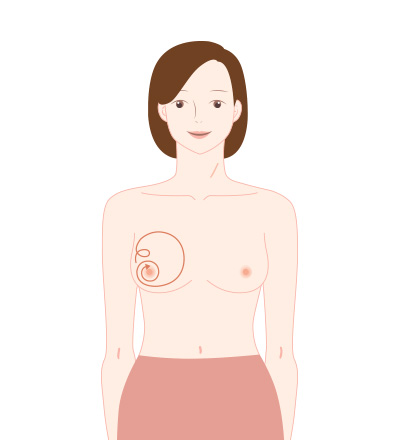
Make a circle around the upper outer part of the breast, feeling the area above and below the collarbone and under the armpit, checking for lumps or bumps.
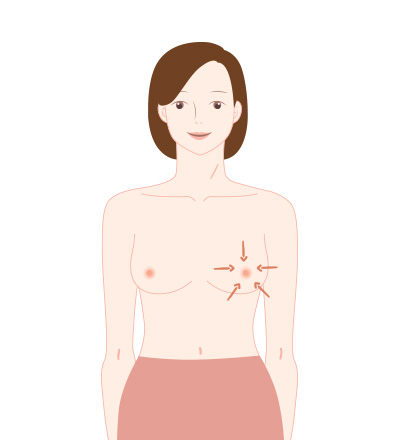
Make small circular motions around the nipple, then squeeze above, below, and on either side of the nipple to check for abnormal discharge.
Step 03. Palpation with the hands2
(complementary to the lying down method)
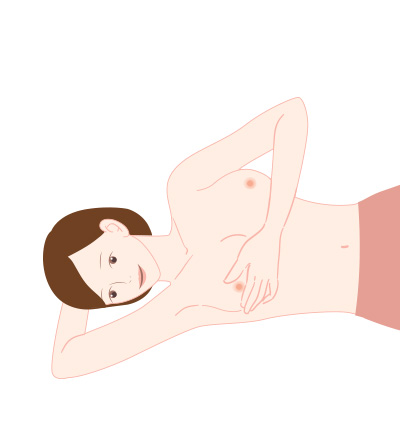
lie down comfortably, place a folded towel under the shoulder of the examining side, raise the arm of the examining side, and examine in the same way as in step 2.
Breast cancer symptoms
Types of breast exams
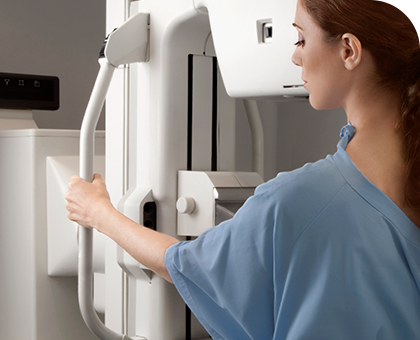
01. Mammograms
This test can detect breast cancers that are not palpable and is
an important part of breast cancer screening for asymptomatic women.
If you have dense breasts at the time of mammography,
it is recommended to combine it with a breast ultrasound examination.
How it's done
A mammogram is a basic X-ray examination
of the breast tissue that shows the appearance
of the tissue inside the breast through
an X-rayed image while the breast is compressed.
How often to get screened
The National Cancer Screening Initiative recommends
mammograms every two years for women age 40 and older,
but mammograms are recommended every other year starting
at age 30, and every six months if you have a family history
or abnormal findings.
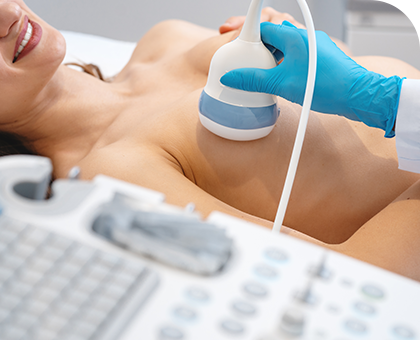
02. Breast ultrasound
It has many advantages, such as detecting small lumps measuring 5mm
or less that do not show up on examination or photographs,
so when used in conjunction with physical examination and mammography,
they can complement each other's weaknesses for more accurate detection.
How it's done
Typically, breast ultrasound is performed as a secondary test
after a mammogram reveals an abnormality, but Asian women
often have dense breasts, so it's often done in conjunction
with a mammogram. Ultrasound, in particular,
uses ultrasound waves that are harmless to the body
without the use of radiation, making it safe for multiple screenings.
How often to get screened
We recommend that you have a mammogram along
with a breast ultrasound, usually once a year. If you have a
suspiciously benign lesion on your mammogram, you will need to
work with your healthcare provider to schedule a follow-up
exam at the appropriate time, usually the first follow-up exam
will be in 6 months.
Breast Exam Q&A
Privee Breast Clinic's
Specialty